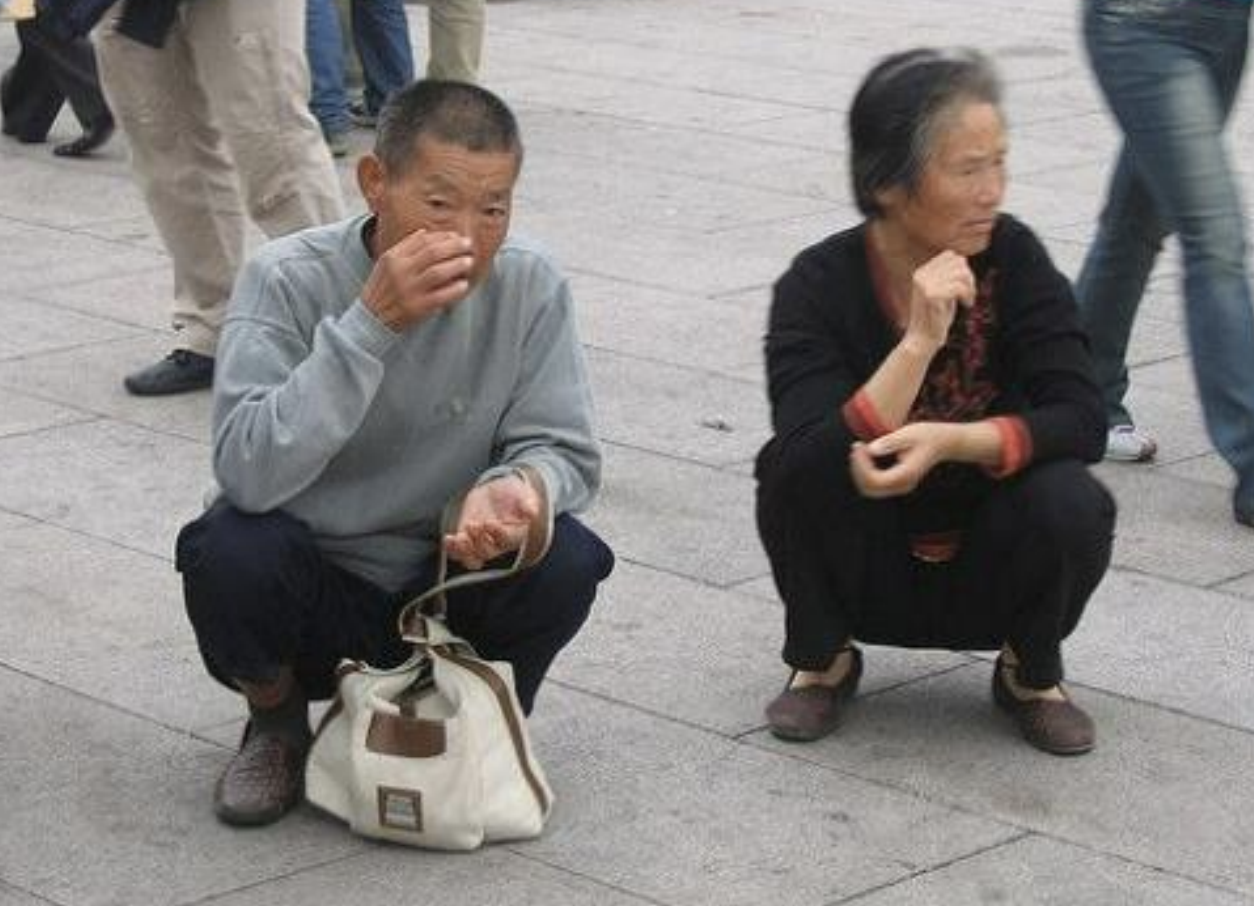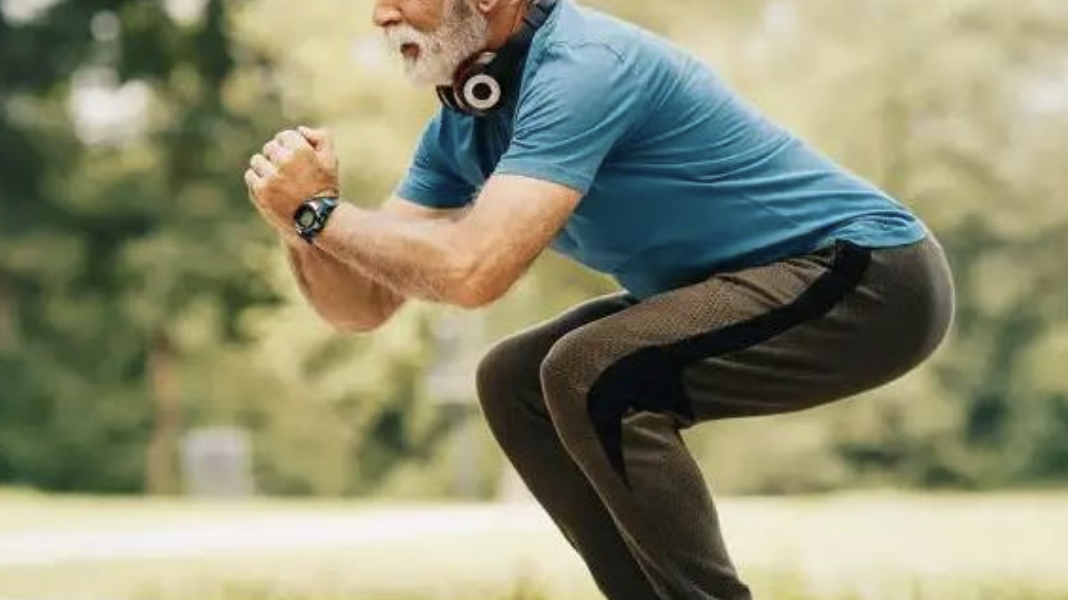The squat is a fundamental movement in any strength and conditioning program, as it relates to many athletic movements and affects overall performance. It is also a functional movement used in daily living from picking up objects or children to enjoying hobbies. It is a movement we have been doing naturally since being a child, yet over time, we can lose that natural ability simple because we stop being mobile. We sit longer, move less and a slow deterioration gets set in motion. By the time we reach adulthood, without deliberate practice, we lose strength, joint mobility and function, which can lead to an increase in falls and decrease in independent living as older adults. You are not to old to squat, you have just spent to many years not squatting enough!

However this is not found in all cultures. Asian, Indian and middle Eastern cultures are known for their ability to maintain a deep squat throughout life. Culturally, squatting is a rest position, as well as the position to go to the bathroom. Several articles have even addressed the importance of squatting while going to the bathroom and the effect on overall health (Demirbilek, 2011; Suri, Suri &Bansal, 2020)
As fitness professionals, we need to meet clients where they are, and understand the joint action of ankles, knees and hips and the effect of load on spinal action, so we can correct imbalances and improve mobility. As individuals, we need to check the ego at the door and work on perfecting the function of each joint so we improve our squat not just the load we put on our back.
Schoenfeld (2010) pointed out important squatting motions and the effects of force on these motions that affect overall squatting performance. A few important takeaways to apply to your next squat session.

1- It all starts with the feet and ankles. Proper position of feet between hip and shoulder width with a slight outward turn of the toes so the knees can stay in line with the toes. Heels and toes stay grounded. Limited mobility in the ankle will affect motion of every other joint so spend time improving ankle range of motion as well as calf strength and flexibility.
2- Sport Training aside, a faster squat does not make you a better squatter. An increase in shear and compresive forces exist at the knee and spine with an increase in speed of squat. For sport performance there is a risk to reward consideration that must be made but for general health and wellness, slow and steady is preferred.
3- Hip mobility is essential in preventing forward lean. Forward lean in a squat will increase the shear force on the lumbar spine.
4- Neutral Spine allignment is crucial. Keep eyes forward when you squat and brace core during movement.
5- Knees should remain in neutral position during the entire movement. Excessive inward or outward movement of the knees will increase injury risk to the knees.
6- Video your lifts! When looking at a side angle of a lifter, you should see a straight bar path from the top to the midsole of the foot. Visual reinforcement can help in making needed corrections.
Squat Better and enjoy the benefits!
TRAIN BELIEVE CONQUER
Zetawolffitness.com


